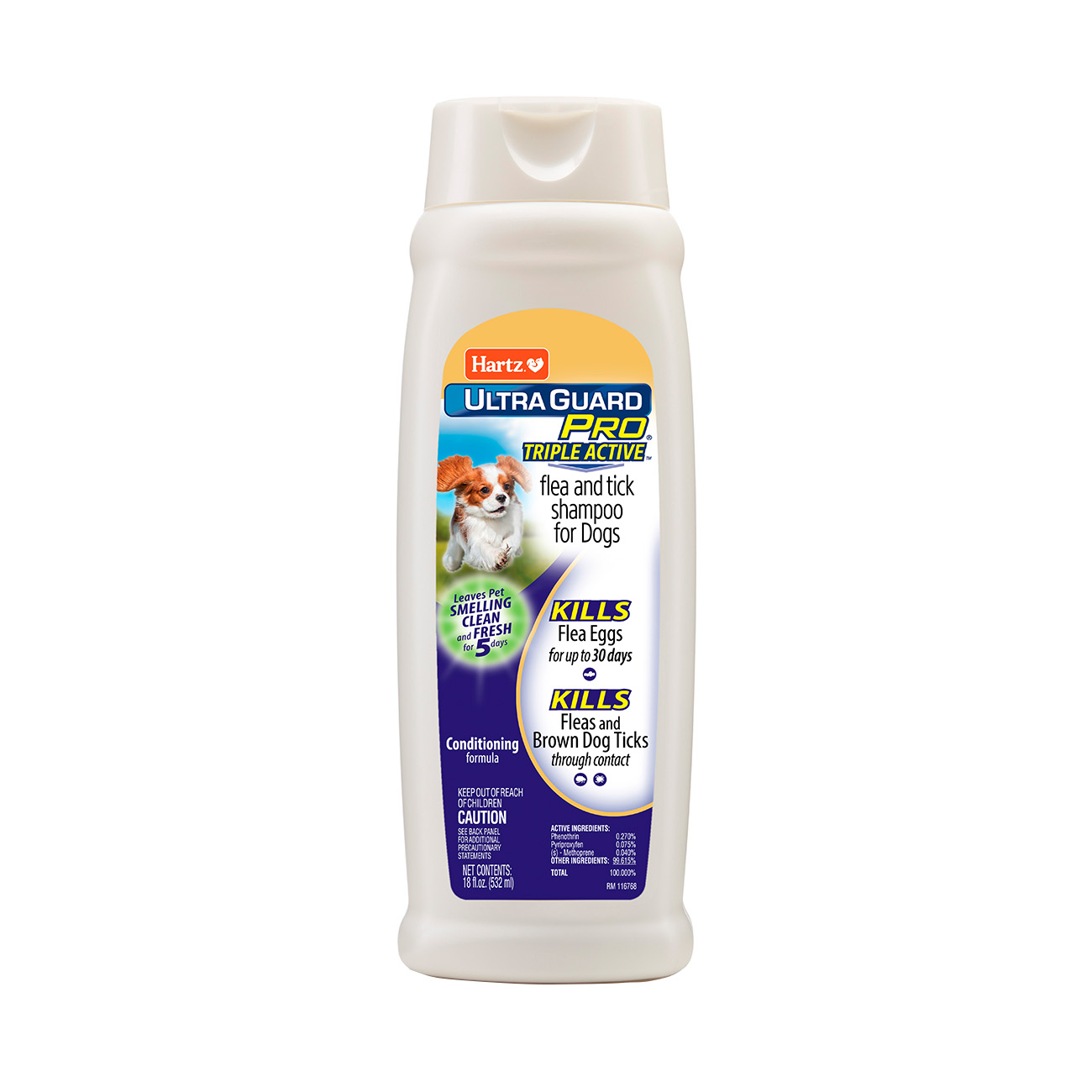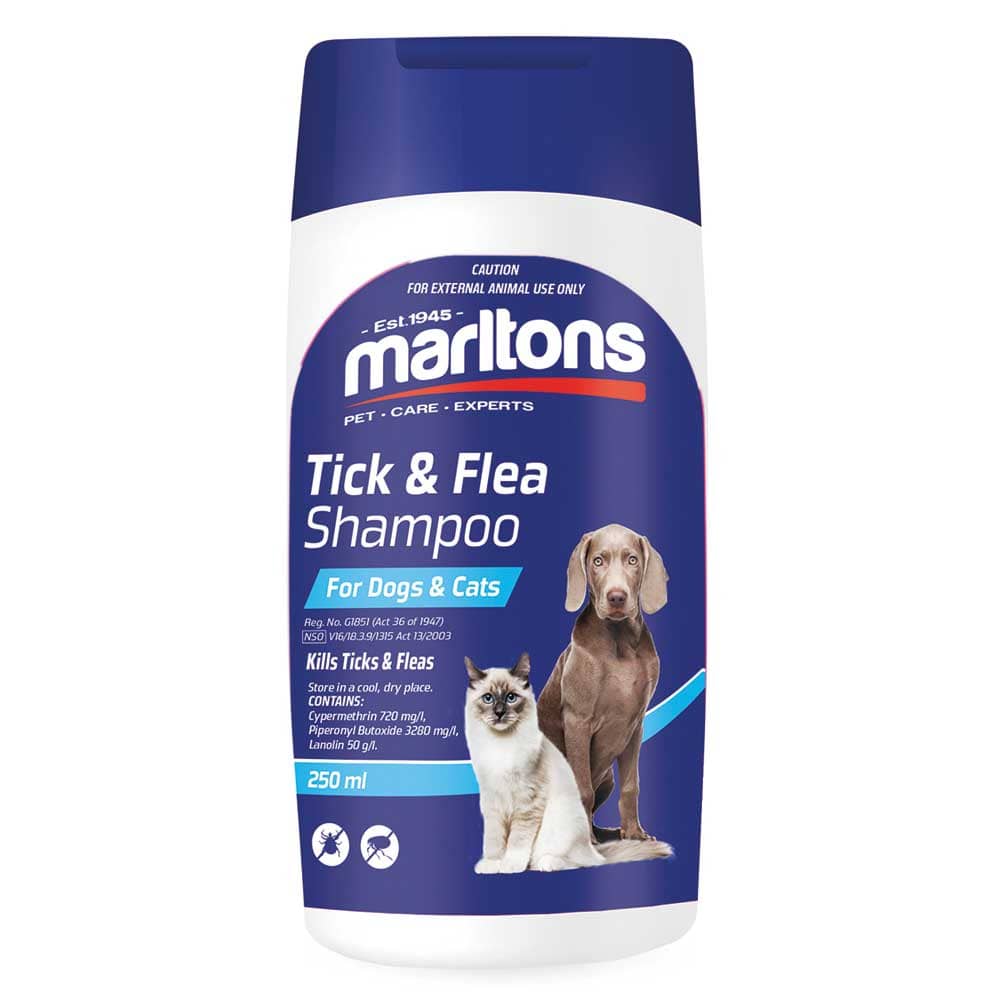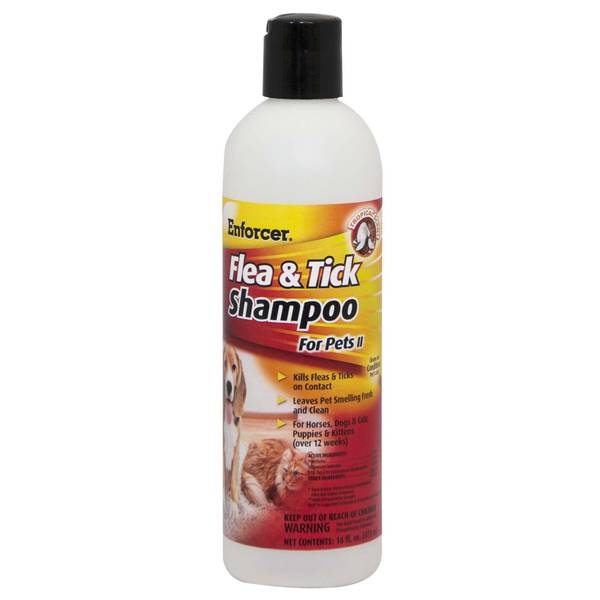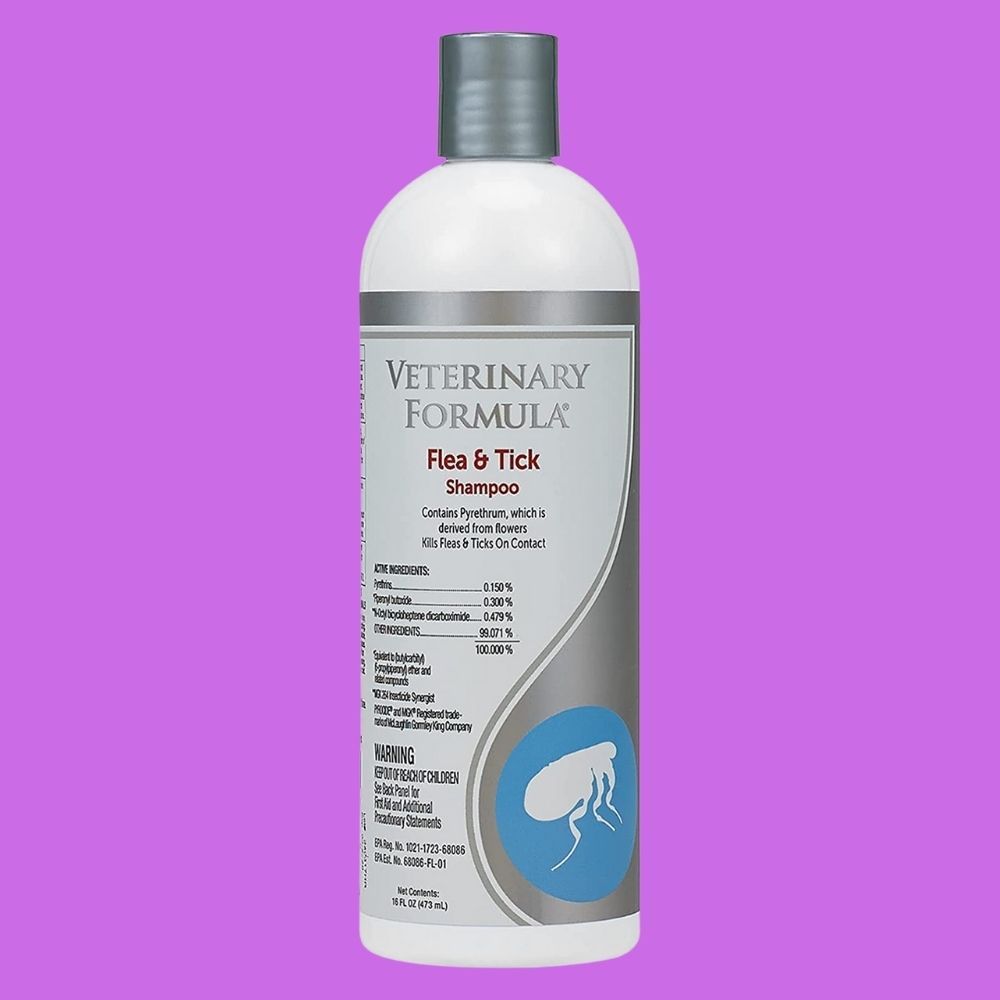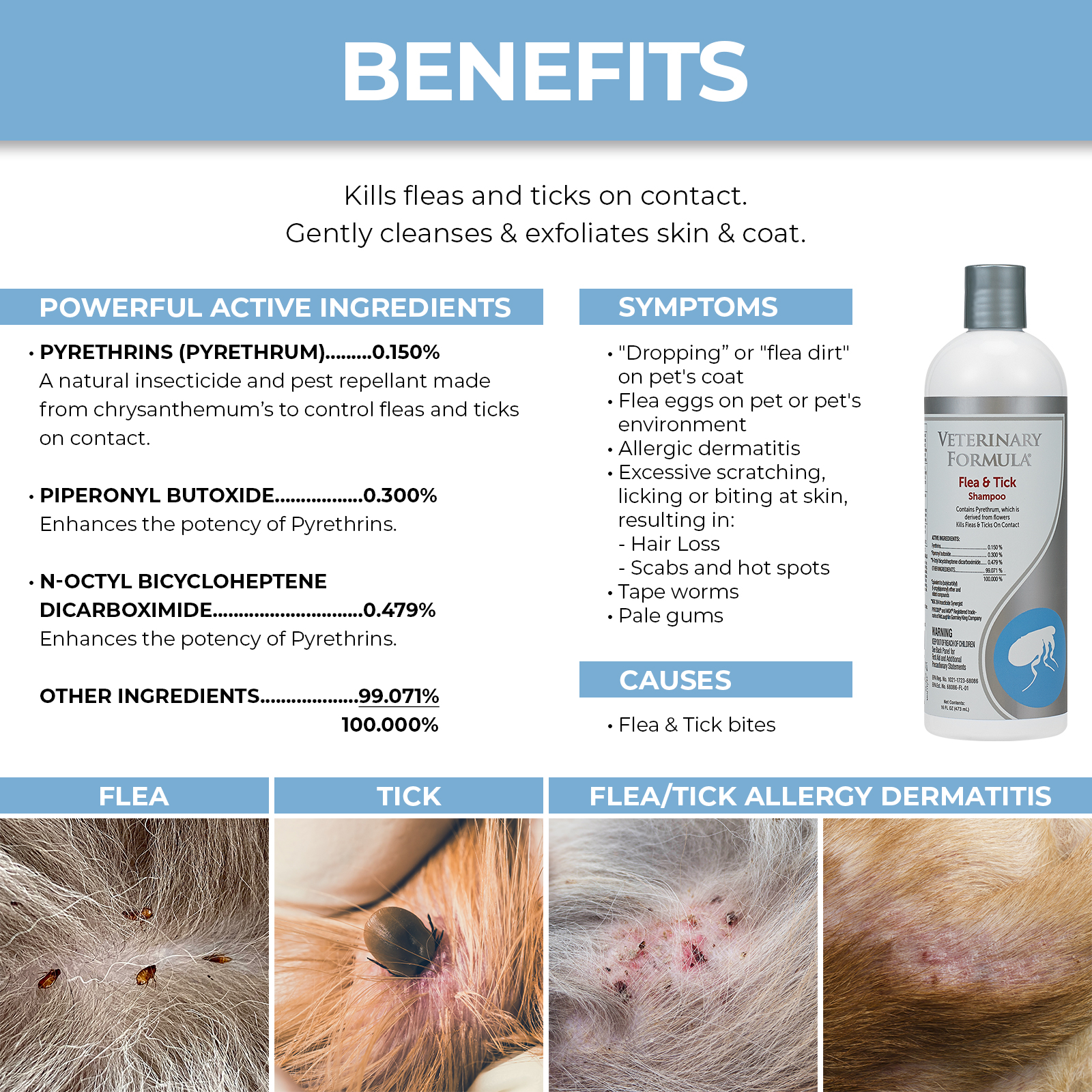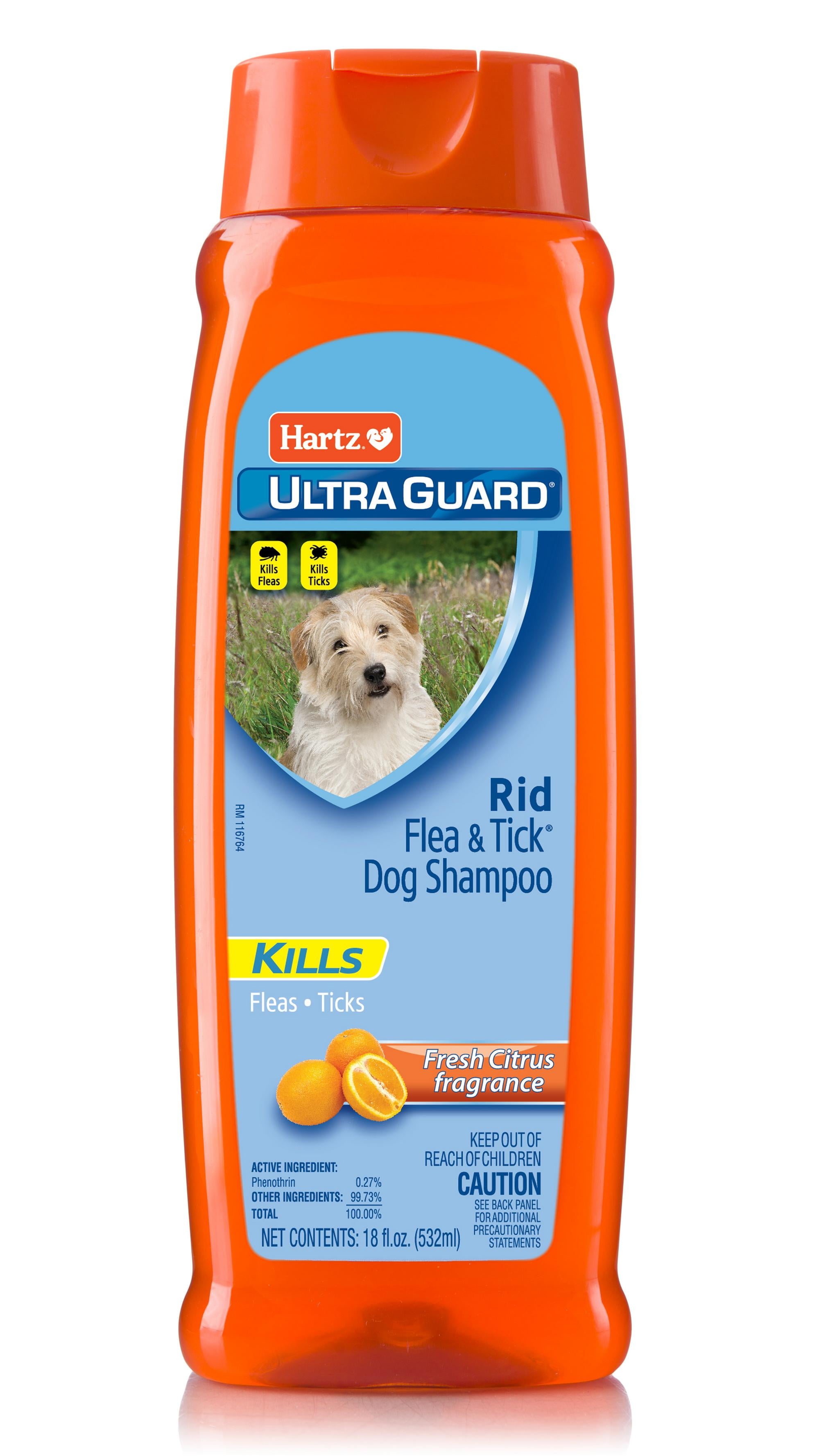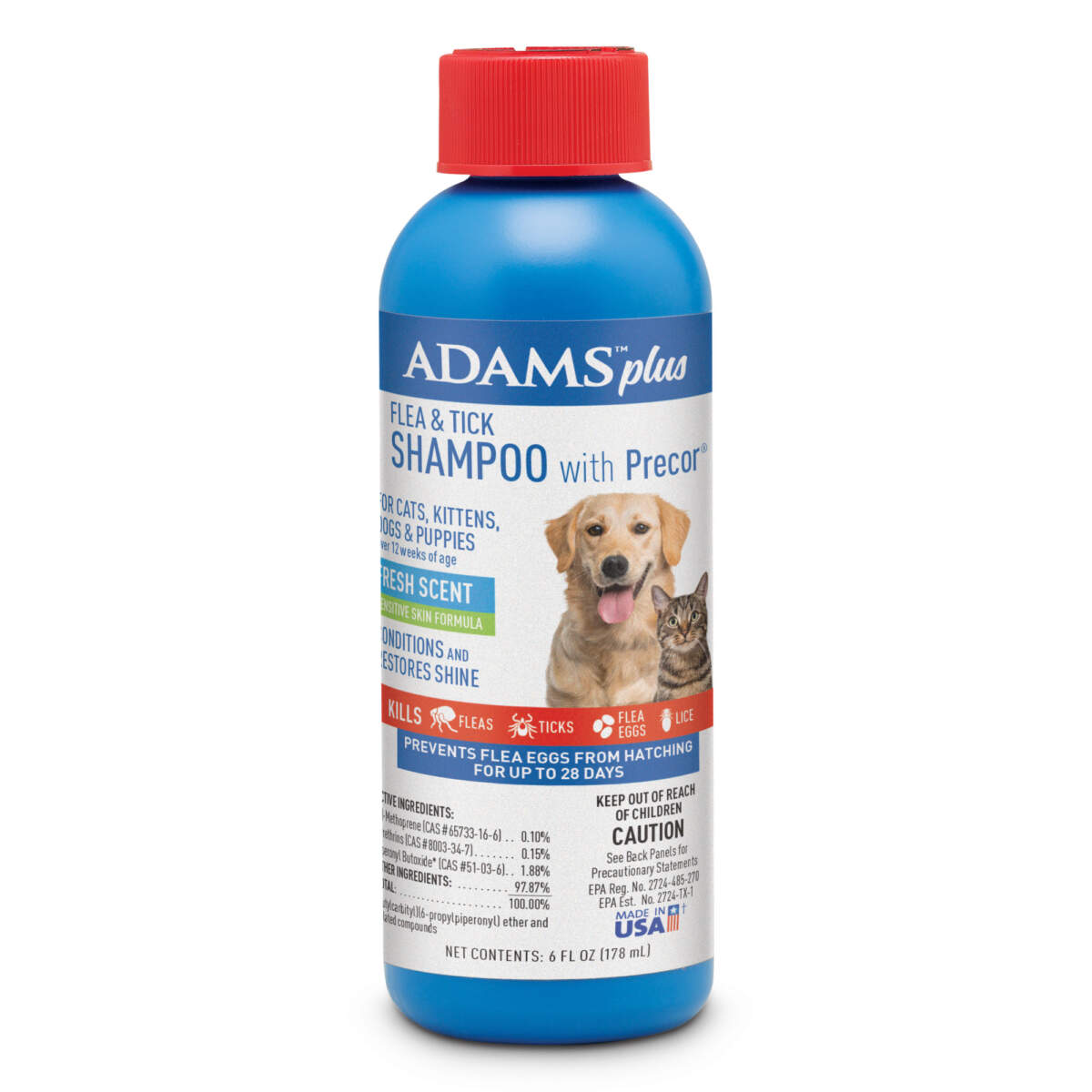Will Flea And Tick Shampoo Kill Lice

The relentless itch. The constant scratching. The creeping feeling that something is crawling on your head. Lice infestations are a common nuisance, especially among school-aged children. But in the face of this irritating outbreak, desperation can lead to risky shortcuts, including the use of flea and tick shampoo – a product designed for pets, not humans – to eliminate head lice.
This article delves into the critical question: Can flea and tick shampoo effectively kill lice on humans, and more importantly, is it safe? We'll examine the ingredients in these shampoos, consult with experts on both human and animal health, and explore the potential dangers of using pet products on children and adults.
The Allure of a Quick Fix and the Risks Involved
The appeal of using flea and tick shampoo for lice is often driven by accessibility and perceived cost-effectiveness. However, experts strongly advise against this practice. The ingredients found in these shampoos are specifically formulated for animal physiology, not human skin and hair.
Understanding the Ingredients
Flea and tick shampoos often contain potent insecticides like pyrethrins, pyrethroids (such as permethrin), organophosphates, and carbamates. These chemicals are designed to kill insects on animals. The concentrations and formulations are significantly different from those in human lice treatments.
Permethrin, while used in some human lice treatments, is present in much lower concentrations and is carefully regulated. Organophosphates, once common in flea and tick products, are now largely avoided due to their potential for severe toxicity in both animals and humans. The exposure routes, through skin absorption or inhalation, present severe risks.
Potential Health Hazards: A Human Perspective
Using flea and tick shampoo on humans can lead to a range of adverse health effects. Skin irritation, burns, allergic reactions, and even neurological damage are possible. Children are particularly vulnerable due to their smaller size and more permeable skin.
According to the American Academy of Dermatology, the misuse of pesticides can cause nausea, vomiting, seizures, and in severe cases, even death. Furthermore, improper use can lead to chemical burns and long-term skin sensitivities.
Expert Opinions and Guidelines
Veterinarians and human health professionals are united in their warning against using flea and tick products on humans. “These products are not designed for human use, and the potential for harm is significant,” states Dr. Emily Carter, a veterinarian specializing in dermatology.
The Centers for Disease Control and Prevention (CDC) explicitly advises against using pet products to treat human lice. They recommend using over-the-counter or prescription lice treatments specifically formulated for humans, following the instructions carefully.
Safe and Effective Alternatives for Lice Treatment
Numerous safe and effective treatments are available for head lice. Over-the-counter options often contain permethrin or pyrethrins in safe concentrations. Prescription medications, like malathion or spinosad, are available for more resistant cases.
Proper application and meticulous combing with a lice comb are crucial for success. Always follow the product instructions carefully. Additionally, washing bedding, clothing, and other items that may have come into contact with lice can help prevent re-infestation.
The Wider Implications and the Path Forward
The misconception that pet products can be safely substituted for human medications highlights a need for greater public awareness. Education campaigns are crucial to inform people about the risks associated with such practices.
Healthcare providers, schools, and community organizations can play a role in disseminating accurate information about lice treatment. Promoting proper hygiene practices and early detection can also help minimize the spread of lice infestations. By understanding the risks and embracing safe, effective alternatives, families can combat lice infestations without jeopardizing their health.Always consult your doctor.
Ultimately, prioritizing safety and seeking guidance from healthcare professionals are essential steps in managing lice infestations effectively. Choosing human-approved treatments and following expert recommendations ensures the well-being of both children and adults.



